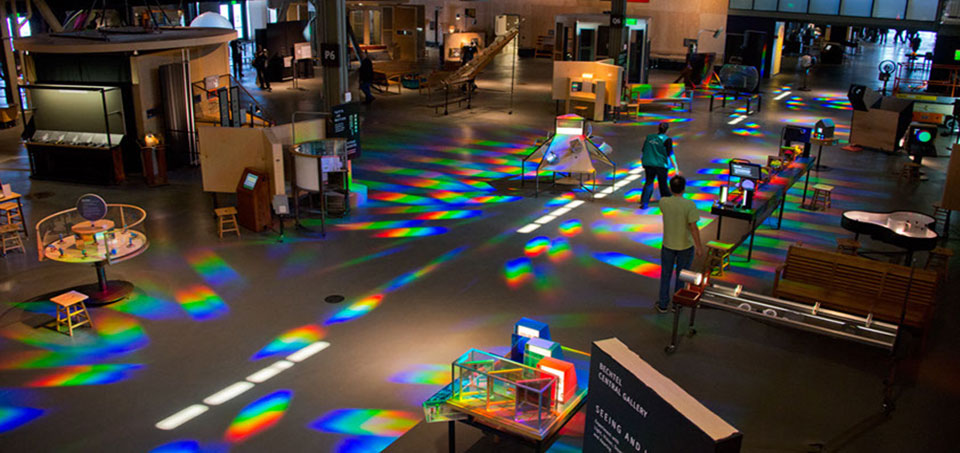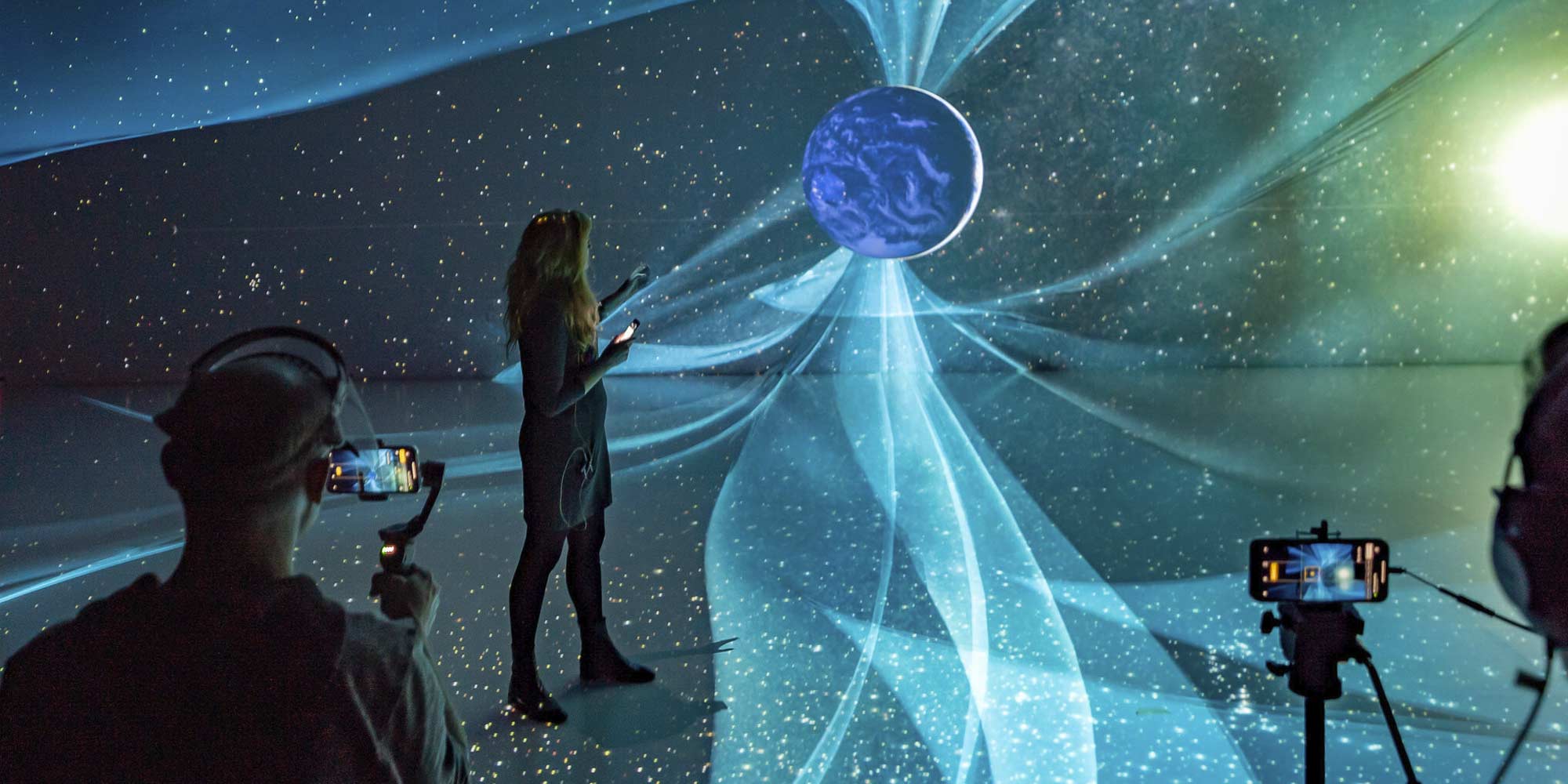Introduction :
In this blog, I will explore the topic around Science Centers and their “hands-on” approaches and integration of the multisensory aspect of interaction. I am convinced of the importance of the senses (sight, sound, touch, smell, taste) and emotions in the perception and memorization of interactive experiences. In this way, multisensorial design and hands-on approaches could help in the educational field, and that’s a strategy that many Sciences Centers are using nowadays. Through this blog, I wish to explore the relation between multisensorial design and exhibition design with this example of the Science Centers ; to explore how these senses work and how to integreate them into experiences could help to find the more adapted ways to create successful and adapted learning experiences for the general public and people with sensory or other impairments.
Questions this topic raises :
- Which strategies are the best for public implication and a better learning ?
- What are the basics of exhibition design ?
- How to create funny but educational experiences ?
- Why is multisense particularly interesting for exhibition design and learning ?
- What are the strategies used to incorpore the disable people into those experiences ?
- Is the haptic interaction an essential approach of exhibition design ?
- What are the learning strategies during those pandemic times whereas those haptic feedbacks are impossible ?
Why design for 5 senses is crucial :
In this TED Talk, Jinsop Lee explains why designing for all the senses is important to enrich design experiences and avoiding design incogruities.
It is particularly important to ask ourselves those questions [1] :
- Why: what is the desired effect of your design?
- How: what is the desired experience?
- Sampling: what objects/materials elicit that experience?
- Analysis: what are the sensory properties of the samples?
- Integration: what is the sensory experience going to be?
- Design: translating the findings in a coherent design!
What is exactly a Science Center ?
Sciences Center or Museum are educational facility that uses particular methods to teach science, technology, mathematics, engineering etc. It generally uses of interactive displays, events and activities but also new technologies and media to help teaching and learning. Their main mission is to make science accessible and encourage excitement of discovery. They outstand from “classical science teaching “ in school because they imply direct curiosity and interaction with the public which involves its whole body through the experience [2].
A few great Science Centers that I expore in further details :
Ars Electronica
The Art Electronica Center is a Science Center based in Linz and founded in 1979. It focuses on the interlinkages between art, technology and society. It runs and annual festival and manages a multidisciplinary media arts R&D facility know as the Futurelab [3].

ART+COM Studios
The ART+COM studio is a german company which realises media installations and spaces that convey complex content in a targeted way and make information tangible. They design for exhibitions, museums and brand spaces [4].
The Exploratorium
The exploratorium is a museum of science, technology and arts based in San Francisco. It is known as one of the famous museum of SF especially for its « hands-on » approach and science of learning. It offers visitors a variety of ways to explore the museum through exhibitions but also webcasts, websites and events [5,6].

Sources :
[1] https://uxdesign.cc/multi-sensory-design-can-help-you-create-memorable-designs-95dfc0f58da5
[2] https://en.wikipedia.org/wiki/Science_museum#Science_centre
[3] https://en.wikipedia.org/wiki/Ars_Electronica#Ars_Electronica_Center
[4] https://artcom.de
[5] https://www.exploratorium.edu/
[6] https://www.exploratorium.edu/visit/calendar/after-dark/6-29-2017
